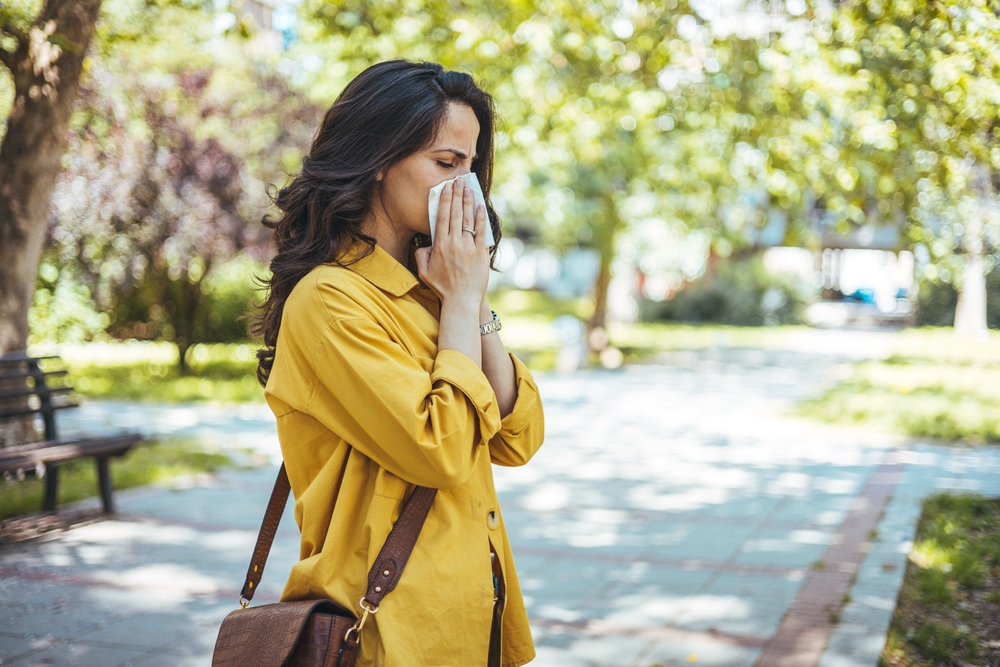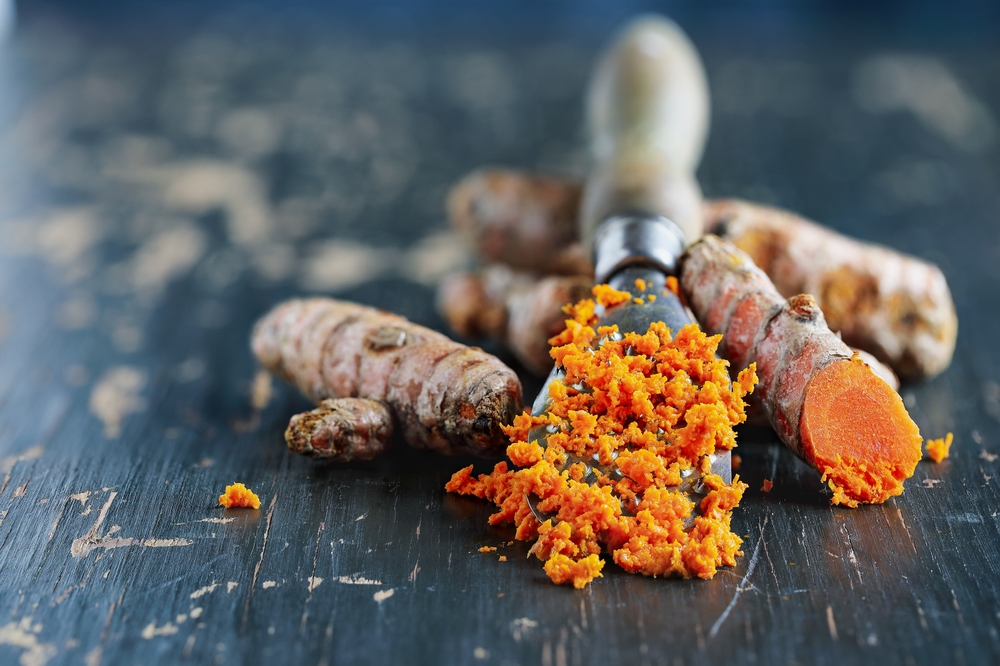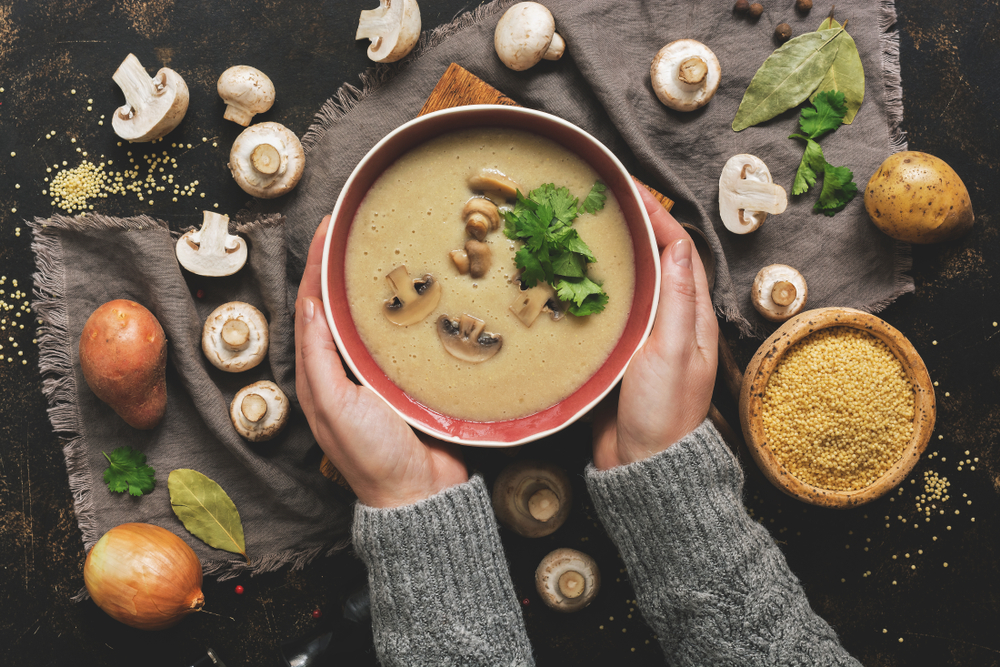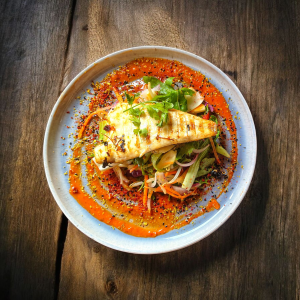“It probably depends upon your point of view,” says airborne allergens expert and creator of HayMax allergen barrier balm, Max Wiseberg, “but I guess many people will be surprised to learn that what you eat and drink may affect how much – or how little – you suffer from hay fever.
So here are my top food and drink changes to help reduce the symptoms of hay fever.”
“June and July are peak hay fever season,” says Max. “This is when grass pollen is at its highest and 95% of hay fever sufferers are allergic to grass pollen.”
“Hay fever is a result of our immune system’s overreaction to innocuous antigens such as pollen. The body’s reaction to pollen is to produce histamines. Normal amounts of histamines in your brain are good – they keep you alert, attentive and awake. But, when there are too many in your body, they produce the various symptoms common to hay fever sufferers including sneezing, a runny nose, nasal congestion, itchy eyes, watery eyes, streaming eyes, swollen eyes, itchy nose and throat.”
“There are many foods that contain quercetin, a natural antihistamine, which counteracts the effects of too many histamines in the body. Red onions, cherry tomatoes, kale, broccoli, apples and blueberries contain the highest amounts. Aloe Vera also has mild antihistamine properties; you can drink the juice diluted in water.”

“Reishi Mushrooms have many benefits for hay fever sufferers. They are thought to be rich in beta-glucans which positively affect the immune system and reduce inflammation. They are another food that supposedly has anti-histamanic properties. Reishi mushrooms also contain significant levels of vitamin D2; boosted vitamin D levels have been linked to helping reduce allergy development.”
“There are also foods and drinks that, unfortunately, contain histamine, the chemical that sets off allergy symptoms in the body – the opposite to what hay fever sufferers want. Chocolate, despite having many health benefits, is one food that contains histamine, so maybe save it for later. And alcohol also falls into this category – beer, wine and spirits all contain histamine. And in addition to making you more sensitive to pollen, alcohol also dehydrates you, making the symptoms seem worse.”
“Back to beneficial foods, the pungent root vegetable, horseradish, acts as a decongestant, helping to clear nasal passages. Grated fresh horseradish root adds a great kick to meals and vegetables.”
“Turmeric, the spice commonly used in Middle Eastern and Asian cuisine, contains curcumin, which has been found to have anti-allergy properties. Most often used in dried form, it can also be bought fresh. Put on your rubber gloves (it stains!), peel a section and grate, then add about two teaspoons to rice dishes, stir-fries or soups.”
“Make sure you eat berries, cherries and lots of fruit and vegetables, preferably raw, but if not as undercooked as possible; the less they are cooked, the more goodness they retain.”

“Avoid dairy drinks, as they are mucus-producing; excess mucus is exactly what you don’t need if you suffer from hay fever. Drink water, fruit tea, herbal tea or any non-caffeinated tea instead.”
“Liquorice root can ease inflammation and redness in the nose and is also believed to have anti-viral and anti-bacterial properties that can help boost the body’s immune response to hay fever, dust and pet allergies. It can be drunk as a herbal tea.”
“Calendula, Chamomile, Ginger, Peppermint and Green teas are all reputed to relieve hay fever symptoms. Ginger and green tea both work as natural antihistamines, whilst peppermint helps reduce congestion.”
“Of course all these foods and drinks, which though beneficial to hay fever sufferers, only help reduce hay fever symptoms. Avoiding the allergens in the first place is key. If you are allergic to dairy, you avoid dairy products, and it’s the same with pollen. So try applying an allergen barrier balm daily to help prevent pollen getting in your body in the first place. HayMax organic drug-free allergen barrier balm (www.haymax.biz) has been proven to trap over one third of pollen before it enters the body [1].”
Summer Recipe: Roasted Cauliflower Soup with Tarragon, Cream & Lemon Pepper





